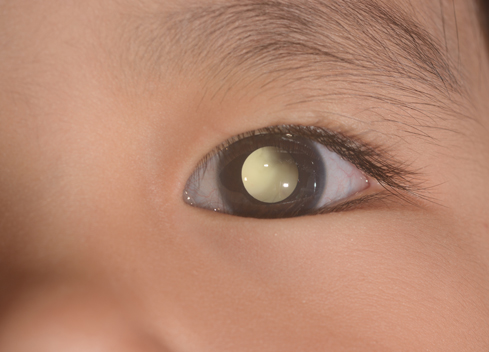
What is Retinopathy of Prematurity?
Retinopathy of prematurity (ROP) is an eye disorder that affects premature infants, particularly those born before 31 weeks of gestation or who weigh less than 2.5kg at birth. ROP occurs when the blood vessels in the retina—the light-sensitive tissue at the back of the eye—develop abnormally in early life. In some cases, these abnormal blood vessels can lead to retinal detachment and permanent vision loss if not detected and treated promptly.
Causes and Risk Factors
ROP is mainly associated with premature birth, where the retinal blood vessels are not fully developed. Factors contributing to ROP include:
- Low Birth Weight: Infants weighing less than 2.5 kg are at higher risk.
- Prolonged Oxygen Therapy: Extended exposure to high oxygen levels can disrupt normal retinal vessel development.
- Infections and Complications: Neonatal infections and other health issues can increase the risk of ROP.
Symptoms
In the early stages, ROP may not present noticeable symptoms. As the condition progresses, potential signs include:
- Strabismus (Crossed Eyes): Misalignment of the eyes.
- Nystagmus: Uncontrolled eye movements.
- Severe Vision Impairment or Blindness: In advanced cases, significant vision loss can occur.
Diagnosis and Treatment
Early detection through regular retinal examinations by a pediatric ophthalmologist is crucial for infants at risk. Treatment options depend on the severity of ROP and may include:
- Laser Therapy: To halt the growth of abnormal blood vessels.
- Anti-VEGF Injections: Medications injected into the eye to reduce abnormal vessel proliferation.
- Surgical Intervention: In severe cases, procedures to reattach the retina may be necessary.
For comprehensive care and management of retinal conditions like ROP, consider visiting our Retina Treatment page.
Prognosis
With early detection and appropriate treatment, most infants with ROP can have normal or near-normal vision. However, severe untreated ROP can lead to significant visual impairment or even blindness. Regular follow-up exams are crucial for monitoring eye health as the child grows.
Note: Regular medical consultations with an eye specialist are essential to ensure timely intervention and optimal vision outcomes.

